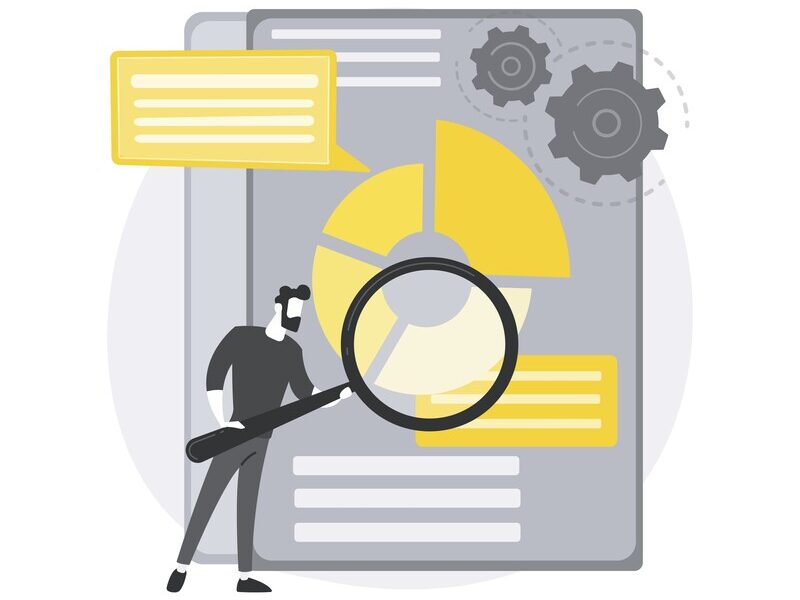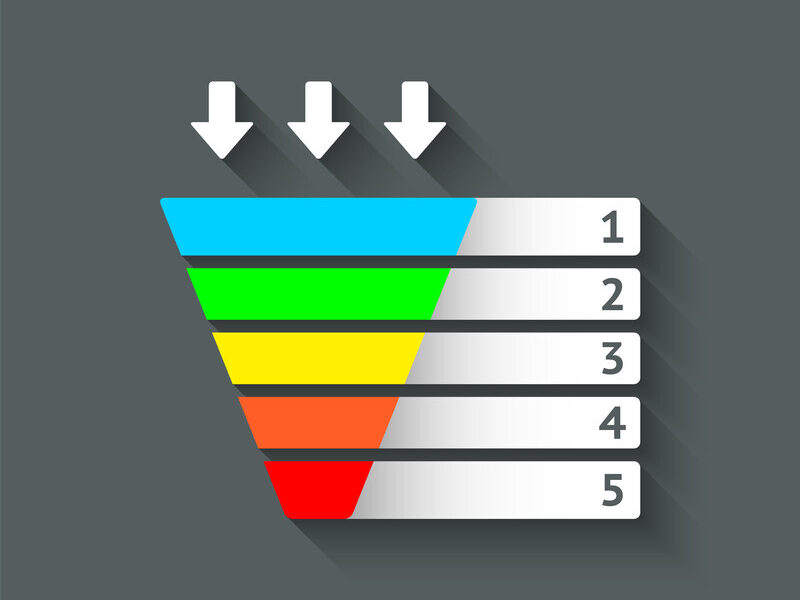In today’s fast-paced and competitive digital marketing landscape, business owners need to stay one step ahead to succeed. One of the most effective methods for understanding what works best in your industry is through the process of “funnel hacking.”
This comprehensive guide will take you through the basics of funnel hacking, explain its benefits, and teach you how to analyze, model, and improve upon the successful strategies employed by your competitors. Let’s dive in!
What is Funnel Hacking?
Funnel hacking is the process of strategically analyzing and reverse-engineering the sales and marketing funnels used by your competitors to identify what’s working for them. By understanding and modeling their successful strategies, you can apply and improve upon these tactics within your own sales and marketing processes. This not only saves time and money but also helps you create a more effective and profitable sales funnel.
Why Funnel Hack?
The concept of funnel hacking is built upon a simple yet powerful idea: success leaves clues. By studying the strategies used by successful companies in your industry, you can learn from their experiences and avoid costly trial-and-error processes in your own business.
Funnel hacking provides several key benefits:
- It helps you understand what works in your market, making your sales and marketing efforts more efficient and targeted.
- It allows you to identify gaps and opportunities in your competitors’ strategies, giving you a competitive advantage.
- It saves time and money by enabling you to model proven strategies, rather than starting from scratch.
Is Funnel Hacking Legal and Ethical?
Yes, when done correctly, funnel hacking is both legal and ethical. It is not about copying your competitors’ products or services, but rather about learning from their successful strategies and applying them to your own business. It’s important to maintain your unique brand identity and value proposition while incorporating proven tactics from your competition.
How to Funnel Hack: A Step-by-Step Guide
To get started with funnel hacking, follow these five essential steps:
Step 1: Identify Your Competitors
Create a list of successful competitors in your industry, focusing on those with similar products or services and a strong online presence. These competitors will serve as the basis for your funnel hacking research.
Step 2: Analyze Their Sales Funnels
Examine your competitors’ sales funnels to identify the key tactics and strategies they employ. This includes observing their website design, landing pages, email marketing campaigns, and advertising efforts. Take note of the types of sales funnels they use, their traffic sources, and how they convert leads into customers.
Step 3: Join Their Email Lists and Subscribe to Their Services
To gain deeper insights into your competitors’ strategies, join their email lists and subscribe to their services. This will allow you to observe their follow-up email sequences, promotional offers, and content delivery methods. Pay close attention to the frequency and tone of their emails, as well as the types of content they share.
Step 4: Purchase Their Products or Services
If possible, purchase your competitors’ products or services to gain firsthand experience with their sales process, customer support, and overall user experience. This will help you identify areas where you can improve or differentiate your own offers.
Step 5: Model and Improve Upon Their Success
Based on your research, create a new or revamped sales funnel that incorporates the successful strategies observed from your competitors.
Remember to maintain your unique brand identity and value proposition, while integrating proven tactics from your competition. Continuously test and optimize your funnels to achieve even better results.
Key Elements to Consider in Funnel Hacking
When funnel hacking, you’ll want to pay close attention to the following elements:
- Landing Pages: Examine the design, layout, and copywriting of your competitors’ landing pages. Look for patterns and trends that contribute to their success.
- Email Marketing: Analyze the email sequences and content used by your competitors to nurture leads and convert them into customers.
- Advertising: Identify the platforms, ad formats, and targeting strategies used by your competition to drive traffic to their funnels.
- Product Offerings: Observe the types of products or services offered by your competitors, as well as their pricing and positioning strategies.
- Conversion Tactics: Study the methods used by your competitors to convert leads into customers, such as upsells, downsells, and order bumps.
Tools and Resources for Funnel Hacking
There are several tools and resources available to help you streamline and optimize your funnel hacking efforts:
- Screen capture tools: Use tools like Awesome Screenshot or Snagit to capture and save images of your competitors’ web pages, ads, and email campaigns.
- Funnel building software: Platforms like ClickFunnels and Leadpages provide pre-built templates and tools for creating and optimizing your own sales funnels.
- Email marketing tools: Services like ConvertKit and Drip can help you manage and optimize your email marketing campaigns.
- Competitive research tools: Platforms like SEMrush and Ahrefs can provide valuable insights into your competitors’ SEO and advertising strategies.
Final Thoughts on Funnel Hacking for Beginners
Funnel hacking is a powerful technique that can significantly improve the effectiveness of your sales and marketing efforts. By learning from the competition and applying their successful strategies to your own business, you can accelerate your growth and achieve greater success in your industry.
Remember, the key to successful funnel hacking is to model and improve upon the strategies used by your competitors, while maintaining your unique brand identity and value proposition. With this approach, you can create a highly effective sales funnel that drives conversions.
Interested in learning how to funnel hack? Join the free webclass here.




